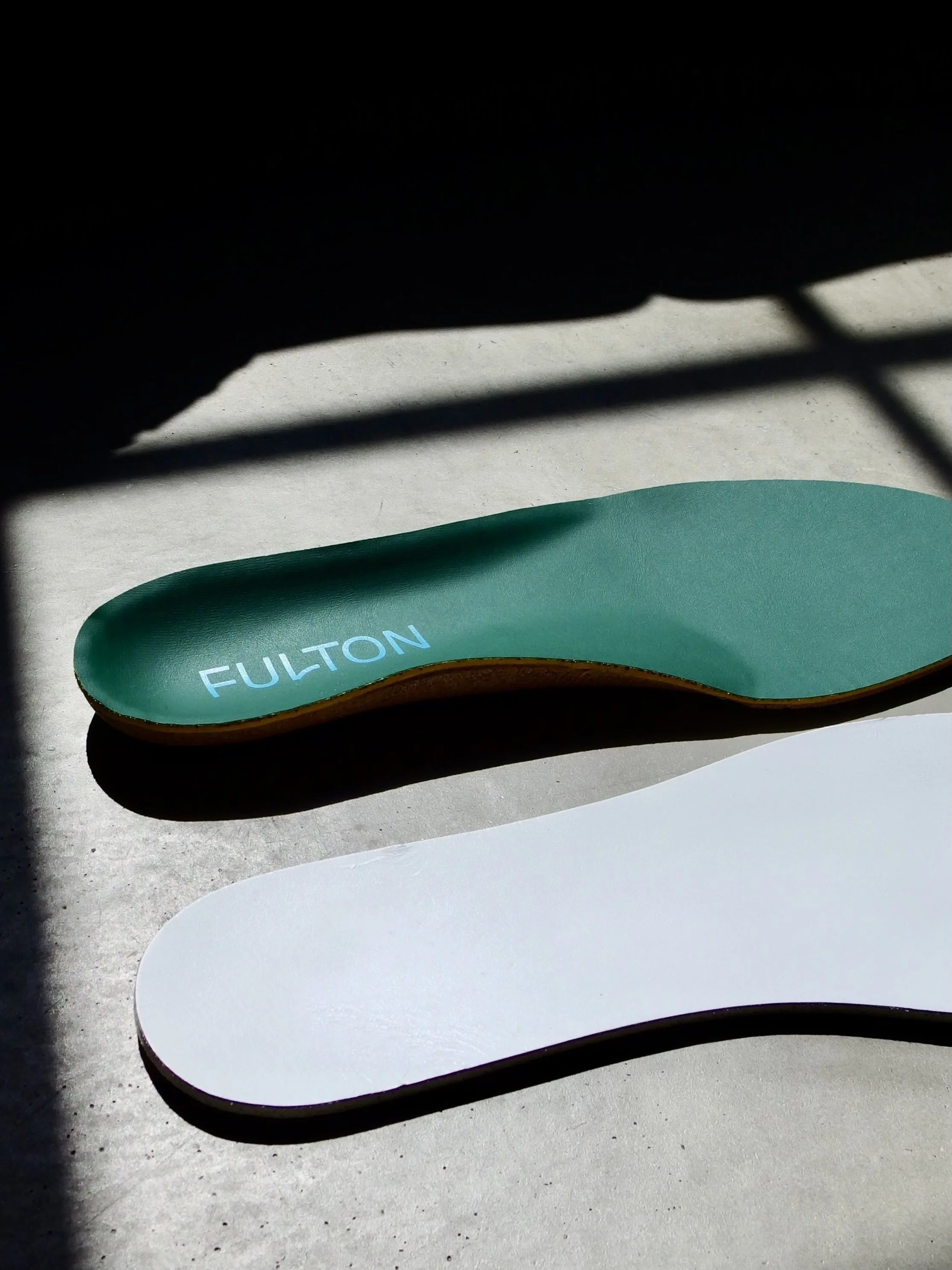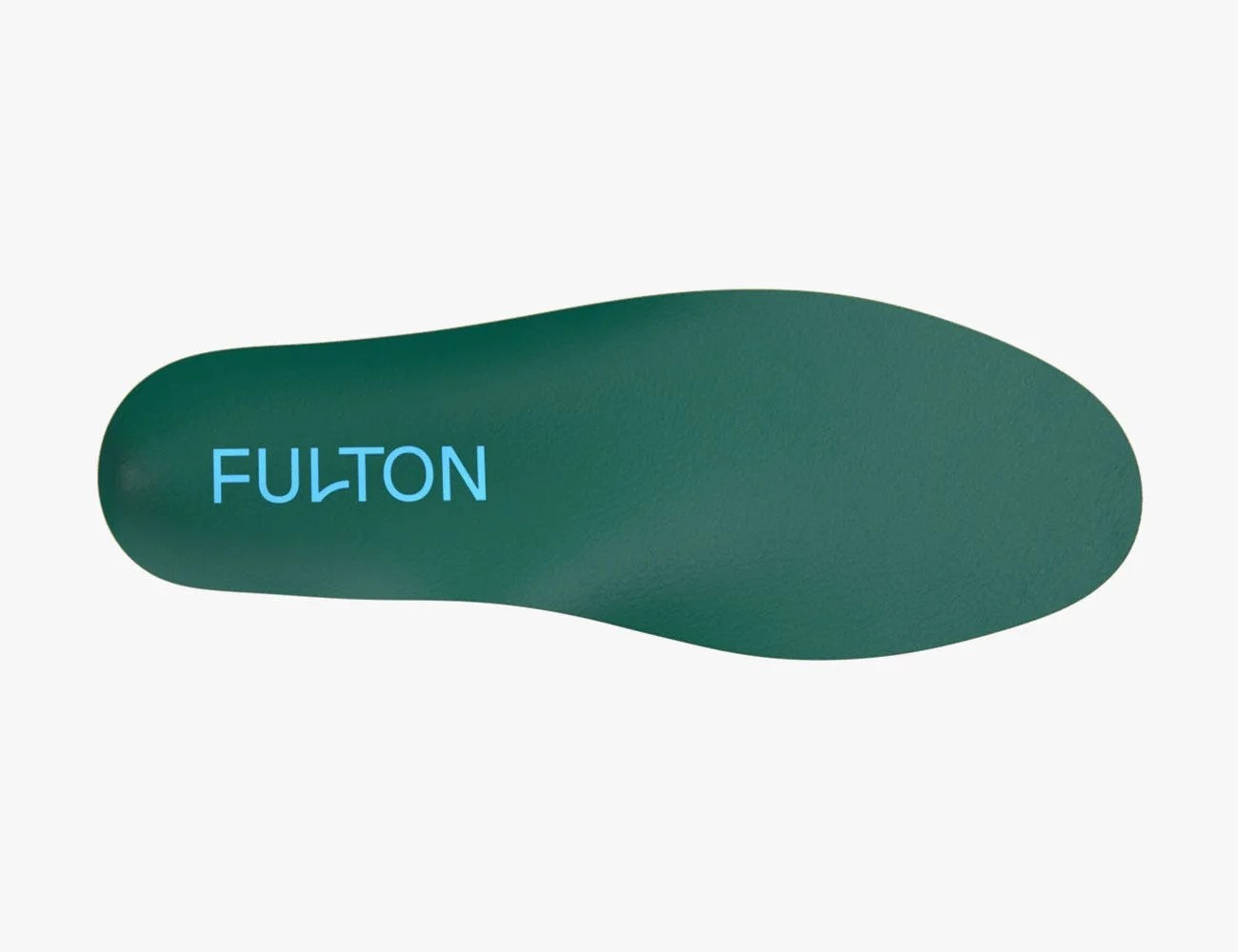Insoles are a core part of every shoe — boot, loafer, sneaker, you name it. But they’re typically lackluster, a thin layer of polyurethane or foam meant to offer separation between the sole of your foot and the rest of the shoe. In a pair of Koio sneakers, for example, the insole is roughly 22 millimeters thick and made from Ortholite foam. That makes the sneakers comfortable, for sure, but not incredibly supportive.
That’s okay, too, because these sneakers are not classified as orthotic; most sneakers aren’t, but most people need that kind of cushion. Cue inserts, or orthotic insoles.
Can Insoles Cure Foot Pain?
The good ones can make even a cheap, unsupportive sneaker feel like a luxe performance shoe, but they’re hard to find — in your specific size, too. You see, plenty of bodily problems can be solved with better arch support. First, there’s plantar fasciitis, tears in the band that stretches from your toes to your heel. Folks with flat feet are prone to this condition, because a flattened foot stretches the plantar fascia. (It should be curved, and, as such, much shorter.)
Secondly, there’s supination or overpronation, terms you’re probably only familiar with if you dance or figure skate. Supination is the foot’s natural tendency to roll out onto its edges. Over-pronation is a term for rolling in when you walk or run. Overpronation is more common, but supination is often to blame for ankle sprains and twists — which I’m sure we’ve all experienced.
Lastly, there’s simple structural misalignment, when the feet are off balance. Misalignment pain manifests in the feet first, but it can impact the knees, hips, back and neck, too, because everything’s connected. Dr. Arthur Steindler, an orthopedic surgeon, proved so in 1955, when he referred to the body’s interdependencies as “the kinetic chain.”





